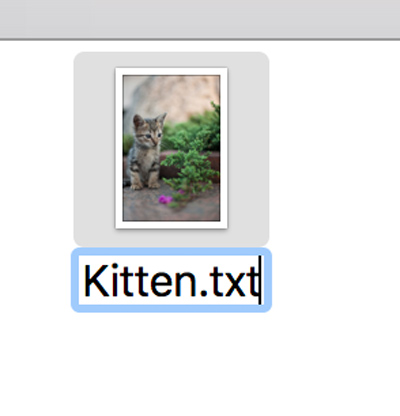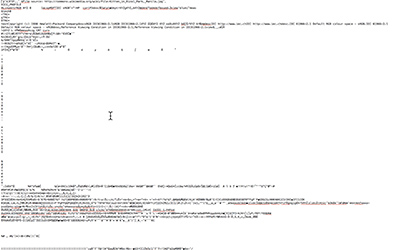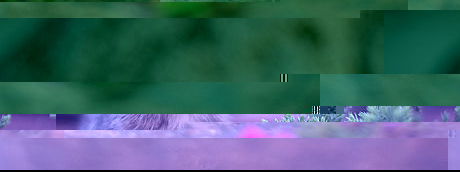The Art of Glitch (2011). Streaming video 6 minutes.Off Book series, PBS https://www.pbs.org/video/off-book-art-glitch/

This exercise will give you a rough and dirty look ‘under the hood’ of the coding inside a jpeg image file. Learn by breaking things!
INSTRUCTIONS:
- Get a JPG file.
Make a copy of the file as you cannot undo this glitch process!
This exercise seems to work best with a jpg file off the internet
We have also had more success using the Macs, rather than a PC.

- Rename the file extension from .jpg to .txt

- Open the TXT file. If you double click on the file it will open in TextEdit on a Mac.
Scroll about a quarter of the way down the text file then start messing around with the text.
Try copying and pasting parts to different locations.
Also try adding text such as a string of 00000
Leave the top part of the file untouched as this contains the header info that enables the file to be opened as an image.

- Save the txt file
- Change the extension back to .jpg
The process is very random as you cannot really know what the result will be
Try it again!

More version of this exercise online:
- https://docpop.org/2014/01/a-glitch-primer-editing-image-files-with-text-editors/
- http://blog.oskoui-oskoui.com/?p=6161
- http://datamoshing.com/2016/06/15/how-to-glitch-jpg-images-with-data-corruption/
- http://blog.animalswithinanimals.com/2008/09/databending-and-glitch-art-primer-part.html
More glitch tutorials:
- http://danieltemkin.com/Tutorials
- http://blog.animalswithinanimals.com/2008/09/databending-and-glitch-art-primer-part.html
INTERESTED TO KNOW MORE?
- Nunes, M. (2011).Error : Glitch, noise, and jam in new media cultures.New York: Continuum.
-
“Divided into three sections, Errorbrings together established critics and emerging voices to offer a significant contribution to the field of new media studies. In the first section, “Hack,” contributors explore the ways in which errors, glitches, and failure provide opportunities for critical and aesthetic intervention within new media practices. In the second section, “Game,” they examine how errors allow for intentional and accidental co-opting of rules and protocols toward unintended ends. The final section, “Jam,” considers the role of error as both an inherent “counterstrategy” and a mode of tactical resistance within a network society. By offering a timely and novel exploration into the ways in which error and noise “slip through” in systems dominated by principles of efficiency and control, this collection provides a unique take on the ways in which information theory and new media technologies inform cultural practice.”
-
- Krapp, P. (2011).Noise channels glitch and error in digital culture. Minneapolis: University of Minnesota Press.
- “To err is human; to err in digital culture is design. In the glitches, inefficiencies, and errors that ergonomics and usability engineering strive to surmount, Peter Krapp identifies creative reservoirs of computer-mediated interaction. Throughout new media cultures, he traces a resistance to the heritage of motion studies, ergonomics, and efficiency; in doing so, he shows how creativity is stirred within the networks of digital culture.Noise Channelsoffers a fresh look at hypertext and tactical media, tunes into laptop music, and situates the emergent forms of computer gaming and machinima in media history. Krapp analyzes text, image, sound, virtual spaces, and gestures in noisy channels of computer-mediated communication that seek to embrace rather than overcome the limitations and misfires of computing. Equally at home with online literature, the visual tactics of hacktivism, the recuperation of glitches in sound art, electronica, and videogames, or machinima as an emerging media practice, he explores distinctions between noise and information, and how games pivot on errors at the human computer interface.Grounding the digital humanities in the conditions of possibility of computing culture, Krapp puts forth his insight on the critical role of information in the creative process.”
- The Art of Glitch (2011). Streaming video 6 minutes.Off Book series, PBS https://www.pbs.org/video/off-book-art-glitch/
